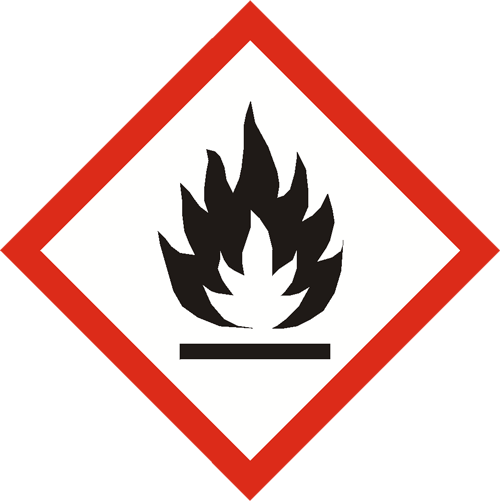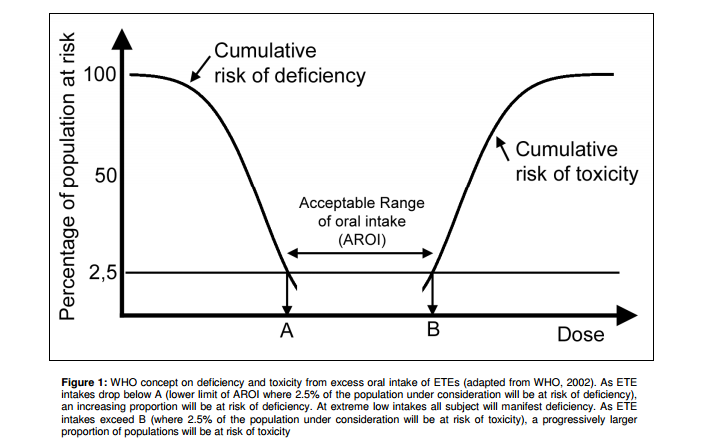Our science corner explains 5 key principles for effective EU regulation of hazardous metal-containing materials:
1. Accurately classifying hazard
Several metals are classified as “hazardous”, meaning they have potential to harm human health or the environment. In Europe, the hazard properties of all chemical substances are communicated in a standardised format, defined by the Classification, Labelling and Packaging Regulation.
Metals and their alloys have specific properties impacting on their hazard (for example they occur in different physical forms, like massive or powder). These properties should be recognised for an accurate classification.
We work constructively to make sure that sound science is available for EU regulators to use when classifying hazardous metals. For example, we’ve set-up an automated tool for simplifying hazard assessments of complex metals alloys.

2. Evaluating actual exposure
Metals can be harmful to human health and the environment, but only when their exposure is above a certain level. EU Regulators and industry must work together to define these levels, and identify where problematic exposure actually takes place.
By properly evaluating exposure, we can take steps to control any risks from metals use or production.
We’ve developed several tools for measuring or modelling exposure – whether it’s occupational or environmental. Link MEASE and SPERCs
We recommend that companies measure and monitor where exposure takes place, and so have developed best practice guidelines for the metals workplace.
3. Mapping where metals occur naturally
Metals occur naturally in the environment, at different levels in different regions.
In the past, EU regulators have mistakenly linked natural background levels of certain metals with problematic industrial emissions or product use. To accurately identify exposure, we must build-in an assessment of the background levels and their differences between regions.
To provide better data for EU regulators, we have mapped the natural occurrence of metals in soil together with Europe’s Geological Surveys. See more here.

4. Checking the metal's essentiality
Several metals are essential to life, and are needed above certain levels by humans, animals, plants and bacteria. EU regulators must be careful to preserve these essentiality levels when regulating metals like zinc, selenium, cobalt and copper.
We’re following the World Health Organisation’s 2002 essentiality concept, and implementing it into our different projects (LINK – HERAG and MERAG)

5. Accounting for Bioavailability
Metals only harm human health or the environment if they are “bioavailable”. Bioavailability is a measure of how much metal-ions can be taken up by organisms, and their potential for interacting. Without bioavailability, there is no risk of a substance causing harm.
We’re working on tools to estimate bioavailability when assessing human health risks from metals exposure, and also to implement bioavailability in environmental assessments.
Bioaccessibility values can be used for hazard identification of complex materials, and subsequent regulatory actions.